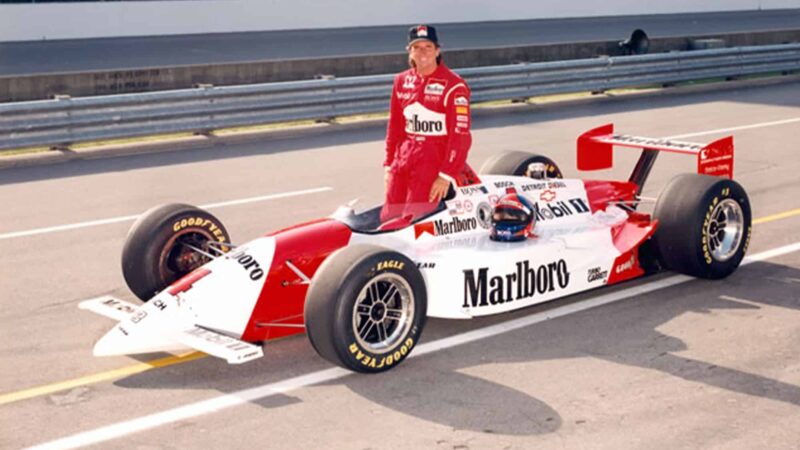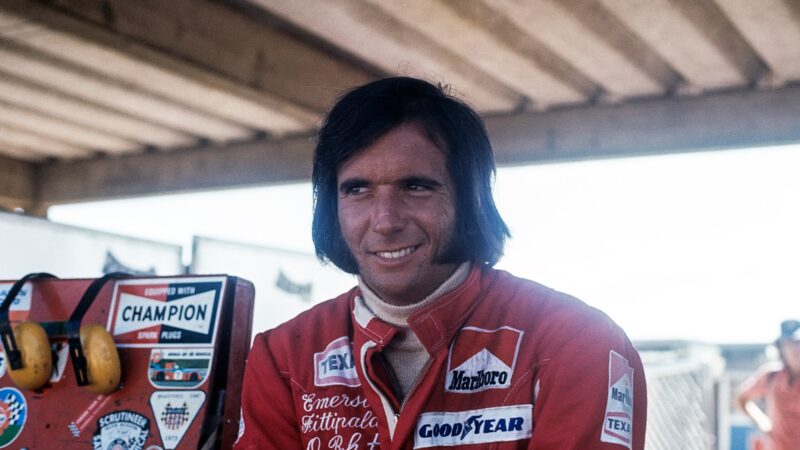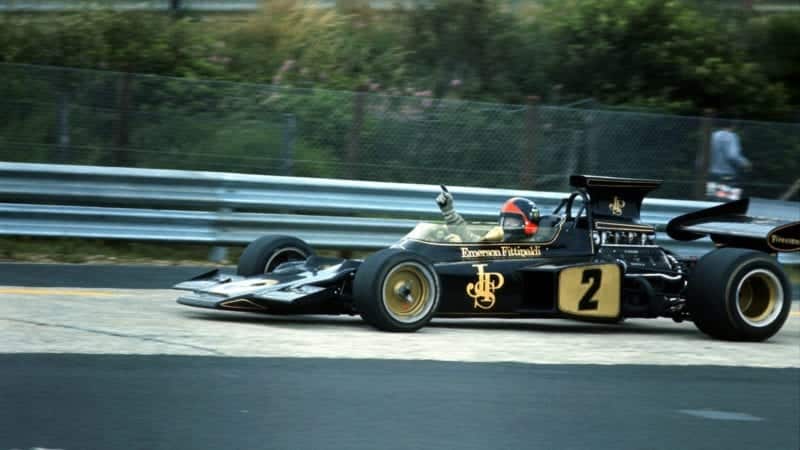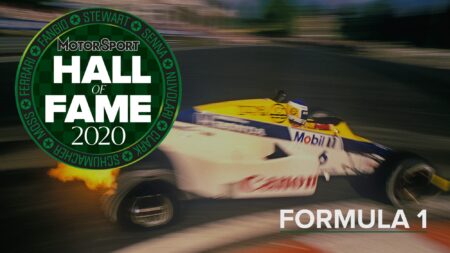Russell put Fittipaldi in his Lotus 59 F3 car in the Guards Trophy at Brands Hatch. Emerson’s mechanic was Russell’s brother-in-law, Ralph Firman, who founded the Van Diemen company four years later, and to whom a decade on, Emerson would send a young protégé by the name of Ayrton Senna da Silva.
When Emerson won heat two, beating James Hunt and Ronnie Peterson, also in a Lotus 59, Colin Chapman offered him an F1 contract there and then. And so, a few days later, did Frank Williams. Fittipaldi turned them both down because he felt he wasn’t ready.
A year on, he accepted a third Lotus, a 49, in the 1970 British GP, alongside Jochen Rindt, who won the race in a 72, and Graham Hill. Emerson finished eighth. A couple of weeks later, he was fourth in the German GP at Hockenheim.
At Monza, Rindt, who was poised to win the championship, was killed in practice. Lotus withdrew from the race and the subsequent Canadian GP. At Watkins Glen, Emerson, now in the 72, qualified third and took advantage of mechanical issues for the leaders to win only his fourth GP, ensuring that Rindt became the sport’s only posthumous world champion.

1993 brought a second Indy 500 win for Fittipaldi
IMS
The Glen boasted the year’s biggest winner’s cheque and Emerson treated himself to his first visit to New York City. Checking-in on Broadway, the desk clerk took Emerson’s passport at the same time as eyeing the back-page lead in the New York Times: “Fittipaldi wins $50,000 race.”




